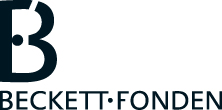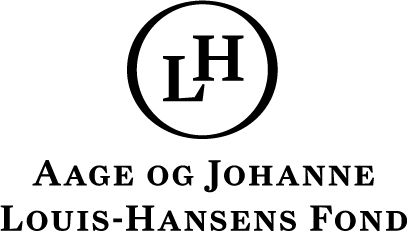Save the Loom: defining, documenting, and preserving
The main focus of the project is preserving, documenting, and defining Danish loom types. The project began slowly in 2018, however it is still in its early phases.

The aim of the project is divided into three parts:
- A basic analysis of the concept of tools for weaving, using the focus and perception of the weaver as a framework for defining the fundamental characteristics of the tool for weaving.
- A registration of old looms in Danish museum collections.
- A study of the Danish loom factory, Lervad, that was operating during the late 19th and early 20th century.
|
The project looks at the definition of the loom and seeks to unfold it by doing a functional analysis of the different loom types. This type of analysis involves classifying the fundamental characteristics of the tool for weaving, such as how the sheds are controlled and how the weft is inserted. A functional definition of the characteristics of a loom is, however, inherently entwined with the definition of weaving. After all, simply put, the definition of a loom is a tool for weaving, and weaving is defined as: to perpendicularly interlace weft and warp threads into fabric. Naturally, this terminological entanglement must be considered when creating a technological vocabulary. |
By registering the old looms in the collections of Danish museums, we aim to gather knowledge of the old loom types in Denmark. We also wish to create a nationwide strategy for preserving looms. For the purpose of registering the looms, we have developed a registration form that encompasses all information relevant for a loom, e.g. loom type, producer, and technical functions. Project members Flemming Lundholm and Katrine Brandstrup have already visited the open-air museum Hjerl Hede in Jutland and looked at their collection storage. This collection fittingly exemplifies how remnants of the history of the old Danish weaving tradition is not gone only hidden and simultaneously proves the need for a structural registration of looms in museum collections.
|
When working with old looms it becomes clear that there is a general need for more textile technological vocabularies with verbal and non-verbal descriptions of the different parts of a loom. Therefore, we aim to cooperate with other projects to create a platform that will link terminological resources for handicrafts. This will help not only researchers of textile history but also museums in their collection, registration, and preservation of textile tools as well as their presentation of the weaving tradition in the pre-industrial peasant society. |
|
The history of Lervad is essential for the weaving tradition in the 20th century and it is closely connected to a new Danish weaving tradition that was founded within a larger movement of handicrafts in Denmark. The Lervad company produced looms and other weaving equipment from 1895 to the 1980s. It was founded by Anders Lervad who started producing the first looms for handicraft students in Askov, Jutland where the teacher and textile artist Jenny la Cour had started offering lessons in weaving in the late 1890s. Throughout the years, many different types of Lervad looms have been produced and exported. This includes looms for professional weavers, for the purpose of ergotherapy, and evening school courses, and many of them are still in use today. The Save the Loom project is also a study of the Lervad factory and its impact on the history of textile production and handicrafts in Denmark as well as other Nordic countries. |
Researchers
Internal
| Name | Title | Phone | |
|---|---|---|---|
| Eva Birgitta Andersson Strand | Professor | +4535325807 |
External
- Lundholm, Flemming, Weaver
Student assistant and interns
- Sonne, Mathilde Sara
- Jensen, Helene Lilja
Funding
Funded by Beckett Fonden, Aage og Johanne Louis-Hansens Fond and TermPlus Aps.
Project period: 2022-
PI: Eva Birgitta Andersson Strand


